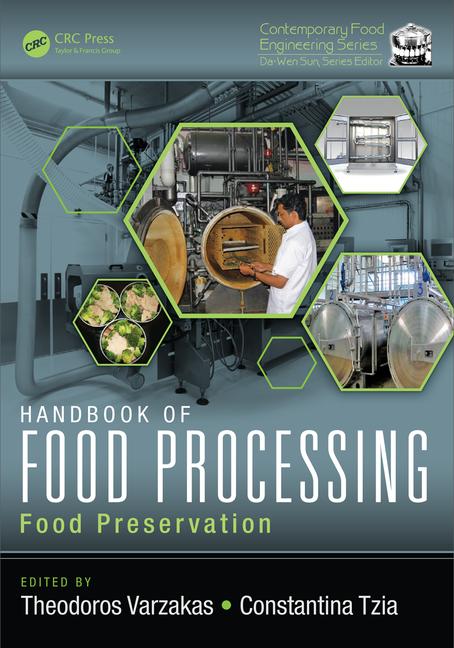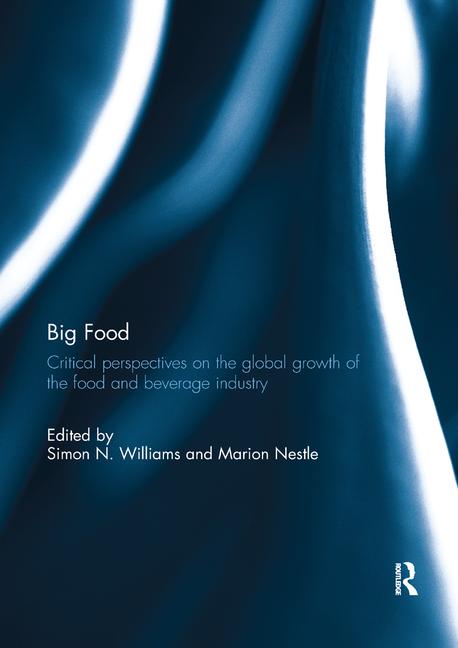Common Food Contaminant May Increase Risk of Osteoporosis

The study led by Annette Engström of Institute of Environmental Medicine, Karolinska Institutet in Stockholm, Sweden, and colleagues found that high exposure to dietary cadmium (greater than 13 micrograms per day) was associated with 32% increased risk for osteoporosis and 31% increased risk for any first incident fracture, compared to the low exposure ( less than 13 micrograms per day)
For the study, the researchers analyzed data on dietary cadmium and urinary cadmium from the Swedish Mammography Cohort consisting of 2676 women aged 56 to 69. Information on total body bone mineral density and risk of osteoporosis and fractures were also available for this study cohort.
Dietary cadmium was inversely correlated with BMD at the total body and lumbar spine. The association was even more pronounced after adjustment for dietary factors including dietary exposure to calcium, magnesium, iron and fiber.
Of non-smokers, those who had both high dietary exposure to cadmium and high urinary cadmium (greater than micrograms per gram of creatinine) were 2.65 times as likely to develop osteoporosis and 3 times as likely to suffer fractures, compared to those who did not have high urinary cadmium.
The researchers concluded "even low-level cadmium exposure from food is associated with low BMD and an increased risk of osteoporosis and fractures."
Osteoporosis is more common in Western countries than the developing countries or poor countries, an observation that some people attribute to the fact that Westerners eat more meat and dairy products. These food products are said to generate low pH in the body which tends to prevent calcium from being utilized by the bone.
From the May 10, 2012, Prepared Foods’ Daily News
Looking for a reprint of this article?
From high-res PDFs to custom plaques, order your copy today!







